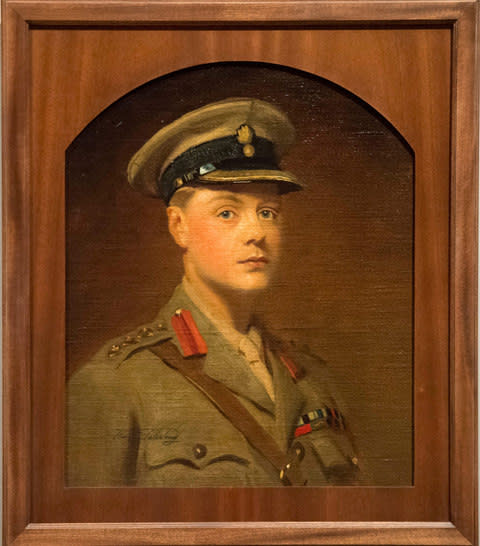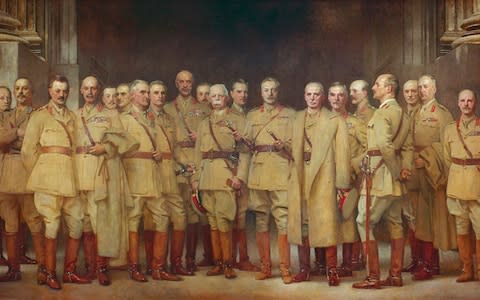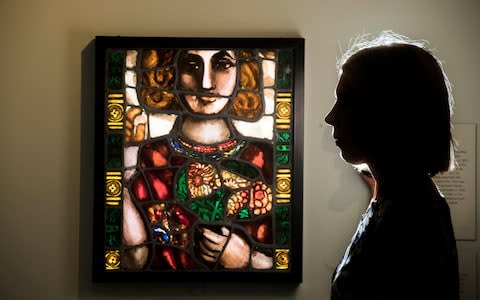National Portrait Gallery includes Duke of Windsor in list of 20th century's 'inspirational pioneers'
For decades, the Duke of Windsor has been remembered as the royal who sparked the abdication crisis and lived out his days in bitter exile.
But the black sheep of the Royal family is being brought back into the fold at the National Portrait Gallery, which is to display a solo painting of him for the first time.
The Duke is a surprise inclusion in a list of the 20th century’s most “inspirational pioneers”. The gallery holds 419 images of him in its collection but its records show that he is the only monarch of modern times not to have his own portrait on display.
He joins other sitters including Virginia Woolf, James Joyce, Sir Ernest Shackleton, Sir Kingsley Amis, Amy Johnson and Sir Winston Churchill in four new gallery spaces dedicated to the museum’s early 20th century collection.

The recently acquired portrait is a reminder that the Duke fulfilled his duty to his country in the years before he gave up the throne for the love of Wallis Simpson, the American divorcee.
It is an oil sketch by Frank O Salisbury on the Western Front in 1917, when the Duke was known as the Prince of Wales.
He had joined the Grenadier Guards in 1914 and was keen to serve but was refused permission by Lord Kitchener, who warned of the “immense harm” that would be caused if a member of the Royal family was captured.
But the Duke did venture to the Front to visit the troops, and was awarded the Military Cross for his endeavours in 1916. Salisbury recalled that during the sitting “we were quite near the fighting line and the guns were going incessantly”.

In a letter to a friend, written in 1915, the future king said: “I hold commissions in both services and yet I’m not allowed to fight. Of course I haven’t got a proper job which is very painful to me and I feel I am left too much in a glass case.
“I long to be taking my chance in the trenches with my brother officers and in fact all able bodied Englishmen.”
He added: “This is a most rotten war unless you are actually fighting. It’s a rotten war altogether and the sooner it ends the better for everyone concerned.”
The Duke became king in January 1936 but abdicated in December of that year. In 1937 he became the Duke of Windsor and lived abroad until his death in 1972.
There are four new gallery spaces holding 121 portraits, and hung chronologically: the early 20th century, The Great War, the inter-war years, and the Second World War onwards.
The Duke’s portrait will be displayed in the second room alongside another newly acquired work by Salisbury depicting Sir Arthur Sloggett, director general of the Army Medical Services.
Paul Moorhouse, curator of the new galleries, said: “The 20th century was an era of breathtaking changes. An individual born in 1900 occupied a world that saw the advent of powered flight and, within a lifetime, the conquest of the moon. Society broke free from the Victorian constraints and the independent status of women was hugely important.
“The newly hung galleries tell these amazing stories. They bring together portraits of the men and women who were responsible for the developments that transformed Britain by ushering in the modern world. From the Polar explorer Ernest Shackleton to the Pop artist Pauline Boty, in their different ways they are all inspirational pioneers.”

The space allow 20 per cent more works to be on display than in the previous early 20th century galleries.
Dr Nicholas Cullinan, director of the gallery, said: “We are delighted to be opening our transformed early 20th century galleries to the public. Visitors will be able to walk through the first half of a century that saw radical and sweeping changes, while the juxtaposition of portraits from the same era reveals the range of artistic styles that co-existed at the time.”
